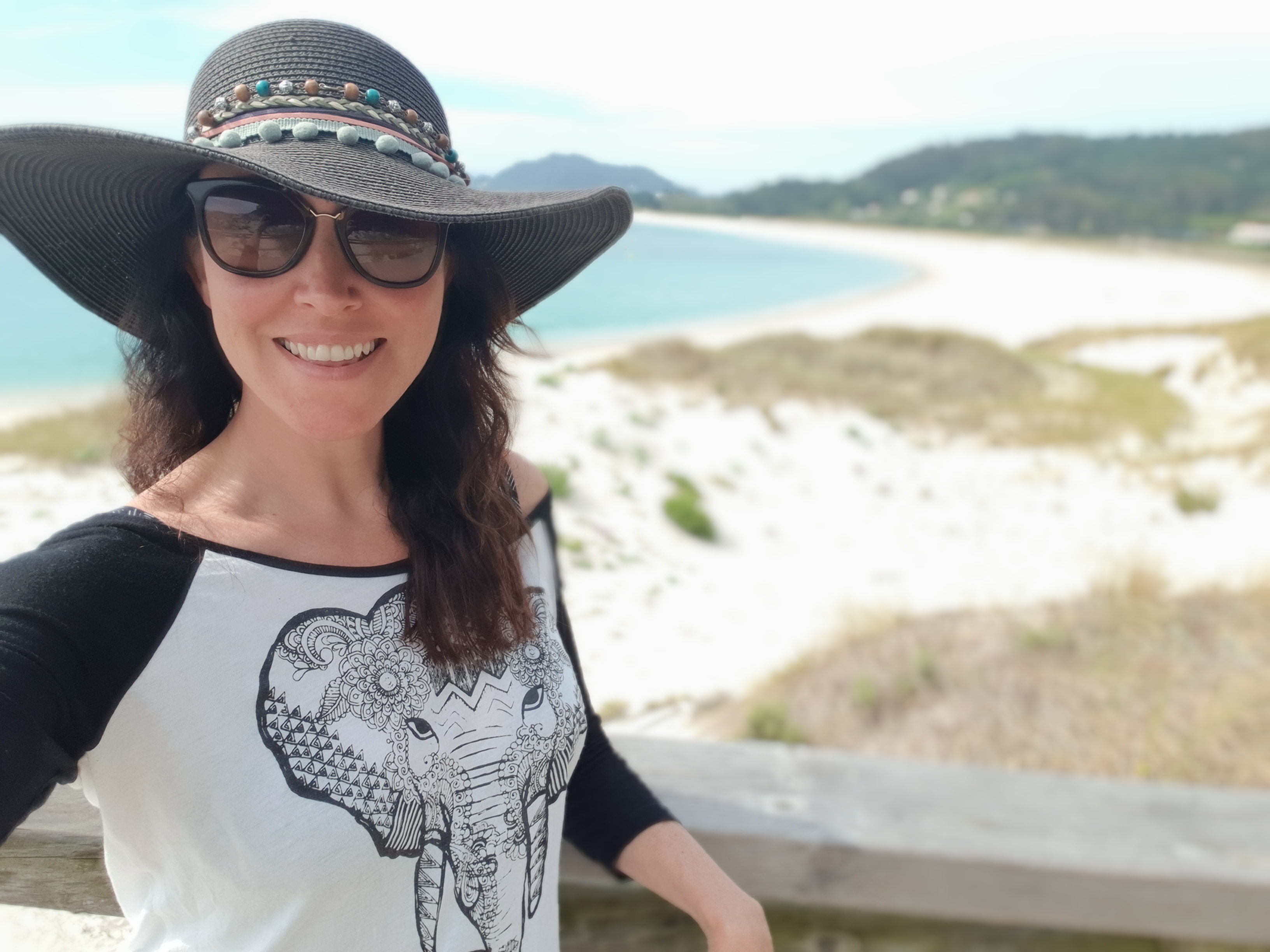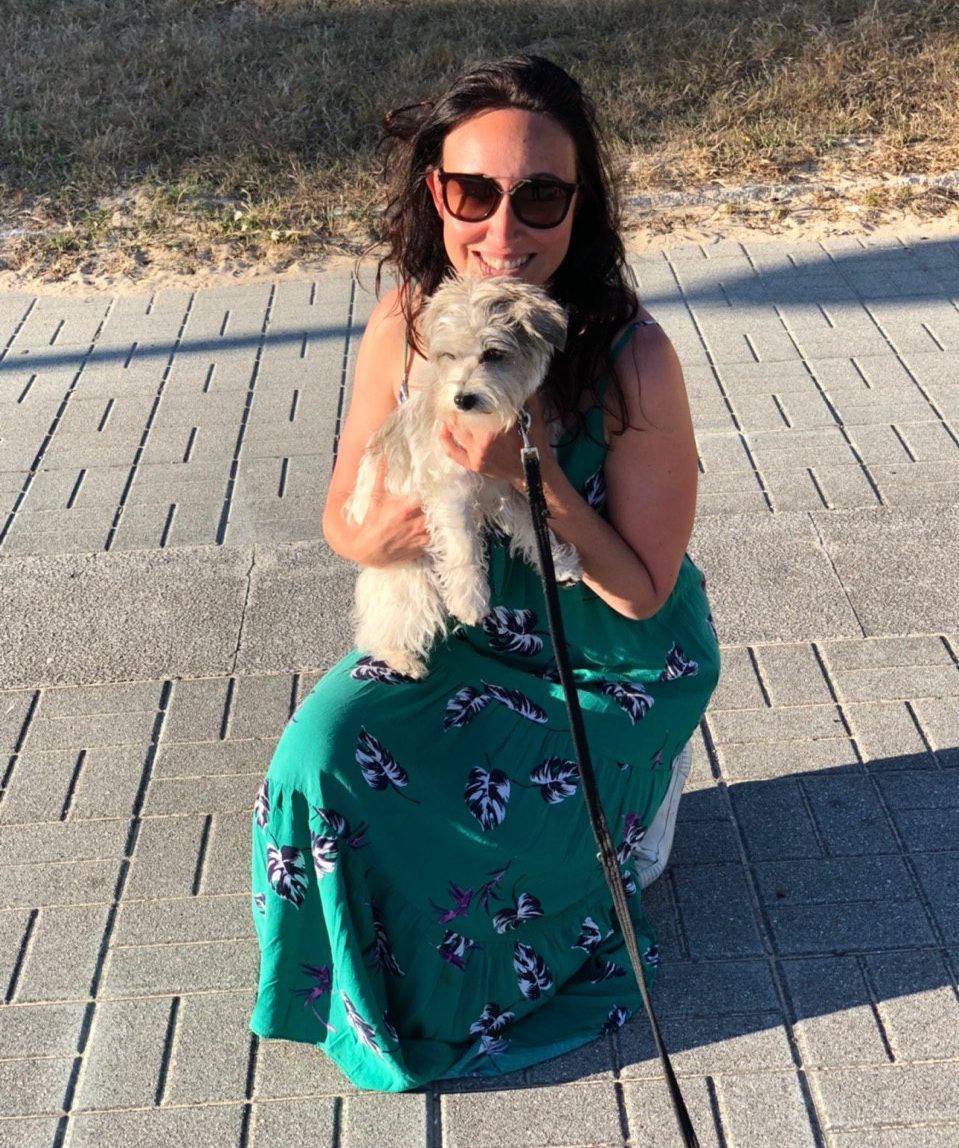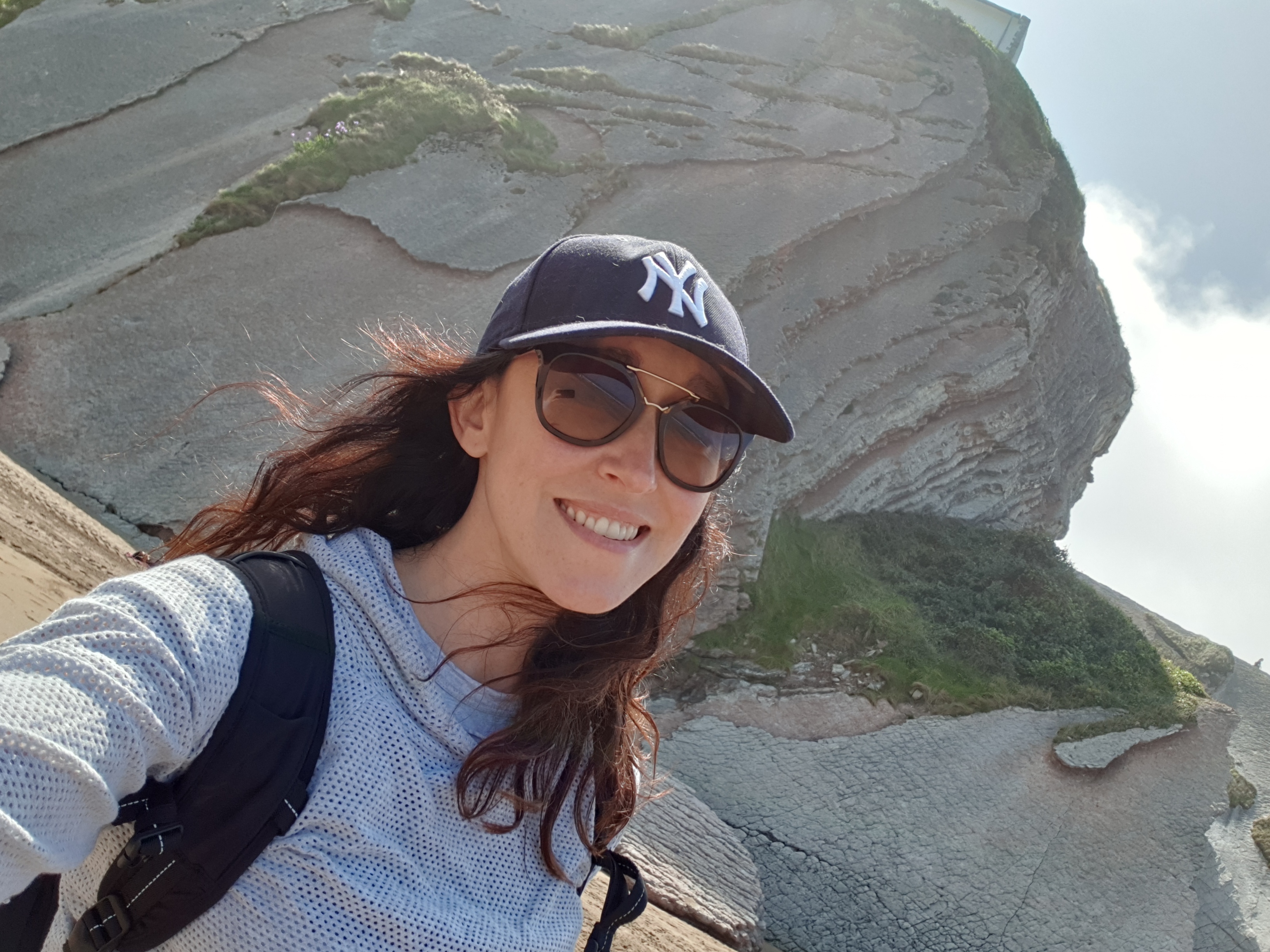Startup founders are the subject of a very intensive content marketing campaign led by VCs. VC’s success come from investing in people that are so focused and determined to succeed, that they give up everything else until they achieve something rare and challenging: a large exit. Their business model relies on finding founders that are willing to do so. Unsurprisingly, most people don’t want to give up everything for the chance of something rare, so VCs need to create that desire. They do so by telling great stories of warriors and princes and saints and messiahs. They paint a picture of what success looks like – the media attention, the influence, the wealth – and create incredible content marketing material to believe the only way to achieve it is by taking their money.
What they don’t want you to know is that you’re more likely to have an exit, and more likely to come away from the experience with considerable wealth, if you do NOT take VC money? Why? Because exits are rare. Larger exits are much more rare. If you build a good sized business that is self-funded or has only taken a small amount of money, you are valued at a price that means an exit is considerably more likely, and your ownership of that type of company would be considerably greater than it would be with a VC involved. In fact, there are plenty more tales of founders walking away with nothing or very little after a VC’s involvement than there are of founders making fuck-off sums of money in an exit. It’s just the latter gets more coverage, so we assume it’s more common than it is.
I say all this as a preface to saying another myth that VCs have you believe is that the founder needs to be the CEO til the end. Unless they decide to fire the founder, of course. But the idea of a founder starting and growing a company, and then choosing to step down and bring in someone else to lead the company is not one that VCs want to encourage, as the founder is the one with the fire and will to succeed. Hired guns tend to not be as willing to sacrifice everything, and that is what a VC needs for their business model to succeed. Even if its the best thing for the business and the founder, it isn’t often encouraged or discussed.
So when I did this very thing in April 2018, it seemed a surprise to many founders. “You can *do* that??”, many founder friends asked. “Surely you were fired, and you are spinning it as your choice?”, many whispered or thought as well.
So I’m here to describe what I did and why, so you can see that a) yes, you can do it, and b) it can just be your healthy, natural choice, as it was for me.
When to do it
I don’t think I could have left in the first few years. The product, culture, brand, sales process were all my passions, and I was actively involved in them all. However, as the company scaled, I hired brilliant leaders who assumed responsibility for many of these facets, and my responsibilities became more focused on operational oversight, KPI management, board relations, etc. I could do this, but probably so could many others, and it wasn’t my passion or my strength. I tried to get better at these things, but they didn’t come naturally, and I felt my mojo deteriorating. Mojo deterioration was a bigger threat to the company than stepping back from functions I knew I would never be the best in the world at, so I did what was best for me and for my business, and chose to leave.
There is no magic time when you can leave as a founder. But I will say that going forward, I intend to be a serial founder but not a serial CEO. I want to start businesses but not run them long term. I think the two things are different: require different strengths and demands. So going forward, I will lead companies I found with the intention of teaching, hiring well, setting up good systems, identifying leaders early on, and preparing succession plans early on.
How to do it
When I announced to my Board my decision in December 2017, it wasn’t a surprise to any of them. I’d been having dialogues with them all to share my concerns about my own suitability for the next phase of the company’s growth. They were kind and supportive, and tried to give me the advice and encouragement to continue. But in the end, I became certain this was the right path for the company, and shared the news at a Board meeting. We agreed a plan for how to search for the new CEO, and I began sharing candidates I’d been considering.
However, I became very confident that the right person was an internal candidate, my CRO at the time, Sebastian. I spoke with him about my idea, and let him ruminate over the Christmas break. This next phase was not simple, as there were many moving parts involving many humans, but in the end, Sebastian agreed he’d like the position, and we needed to get Board approval.
The Board initially wanted to do a more thorough search looking at external candidates, but my passionate endorsement of Sebastian was deemed sufficiently high praise. As one of my American Board members said in his New York drawl “If the founder wants to give her baby to this man, we should listen to her”. That seemed to clinch the deal.
The Board wanted to spend time getting to know Sebastian, which was a good idea. They’d known me for 11 years by this stage, they needed to feel comfortable they could work with my replacement. They spent considerable time meeting with him, and as I anticipated, grew to be as excited about him as I was.
We then agreed his package and my departure package. Top tip to founders: always insist on at least a 6 month notice period in your service contracts, and only officially resign when the new CEO agrees to start. Yes, it means the company could have kept me on for my 6 month notice period, but what generally always happens is you are paid out your notice as the new CEO wants to start immediately. Also ensure you retain a Board position if possible, so you retain your Entrepreneur’s Relief qualification.
My handover was minimal, as Seb had already been in the company for 2 years, and knew all the customers and staff well. So we planned our announcement day carefully. I wanted to personally tell a few key people I was close with in the company, and then once they knew, I announced it in person to the whole company, and then to our customers and partners via an email.
Then it was done. I left the office for the last time as CEO.
Aftermath
Many people asked me how it felt, was it weird? Yes, obviously, it is weird to no longer be a part of something that had felt intrinsic to my existence for so many years. But I had had a few weeks to get used to it before the announcement, and I knew the company was in good hands, so I was ok, actually.
I took the time to tackle items on my bucket list. I did a lot of personal development (which I find fascinating and fun), I travelled, I learnt new skills, I experimented with new roles and industries. It was a wonderful wonderful time.
It was also fucking weird. I had identified as a founder for so long, it was weird to no longer have that identity.
But mostly, it was wonderful. I learnt what it was like to not be stressed all the time. To not have a burden of responsibility always on my shoulders. To take a break without feeling guilty. When COVID19 hit, nothing much changed for me, except I got to observe everyone else realising what I had been revelling in for 2 years: you can be content doing and spending less.
Now I am starting my next venture, FLOWN, but I’m going to do it differently. I won’t take VC money, I will mostly self-fund it, and I will aim for sustainability and profitability, for impact and purpose, for the joy of building a business with a team, rather than the hunt for wealth or power. I actually think I will come away from it with more than I even did at Skimlinks, as I’ll own more of the company, and learn to delegate more from day 1.
So… dear founder friends, try to unshackle yourselves from the VC content marketing trap. You don’t need to be there til the end, if that isn’t what you are best at or want to do. But it does mean you need to take responsibility now for hiring well, and doing succession planning early on. Have your future CEO in the business for 2 years before you leave, and bring them in on your decision-making processes now.
If you have further questions on this topic, please leave a comment.





Leave A Comment